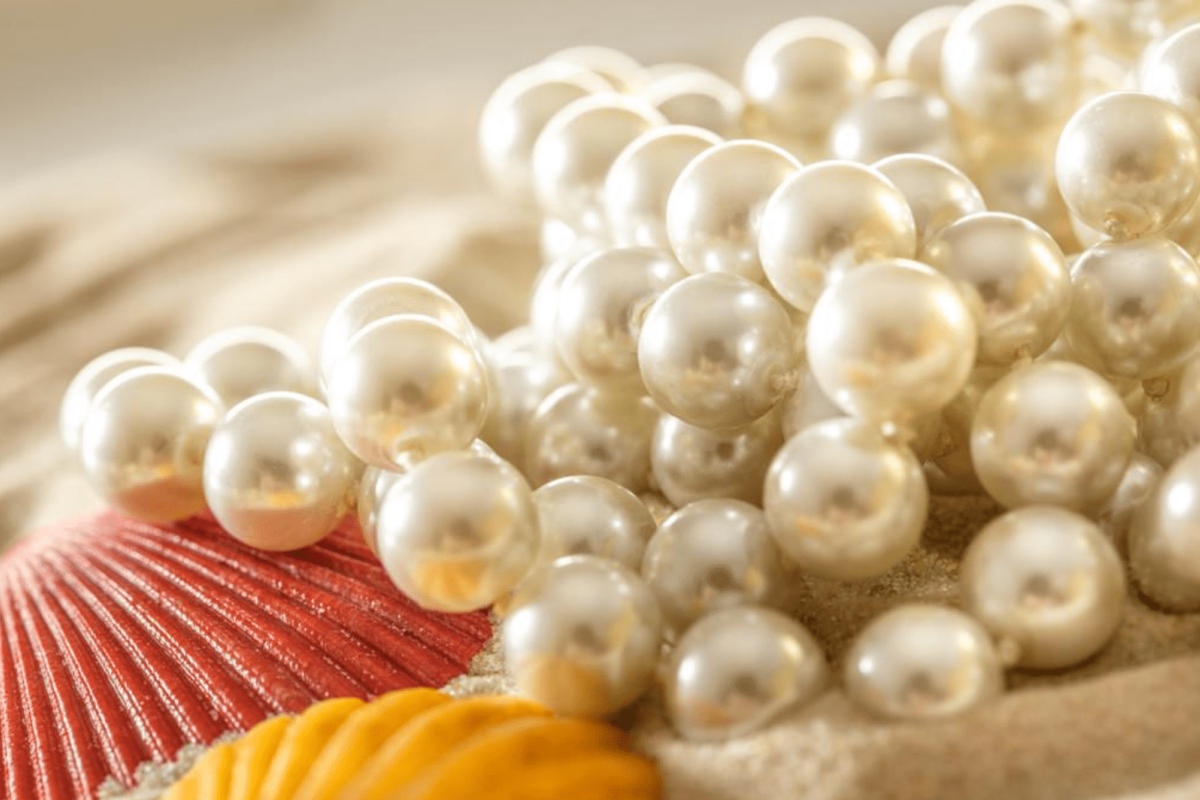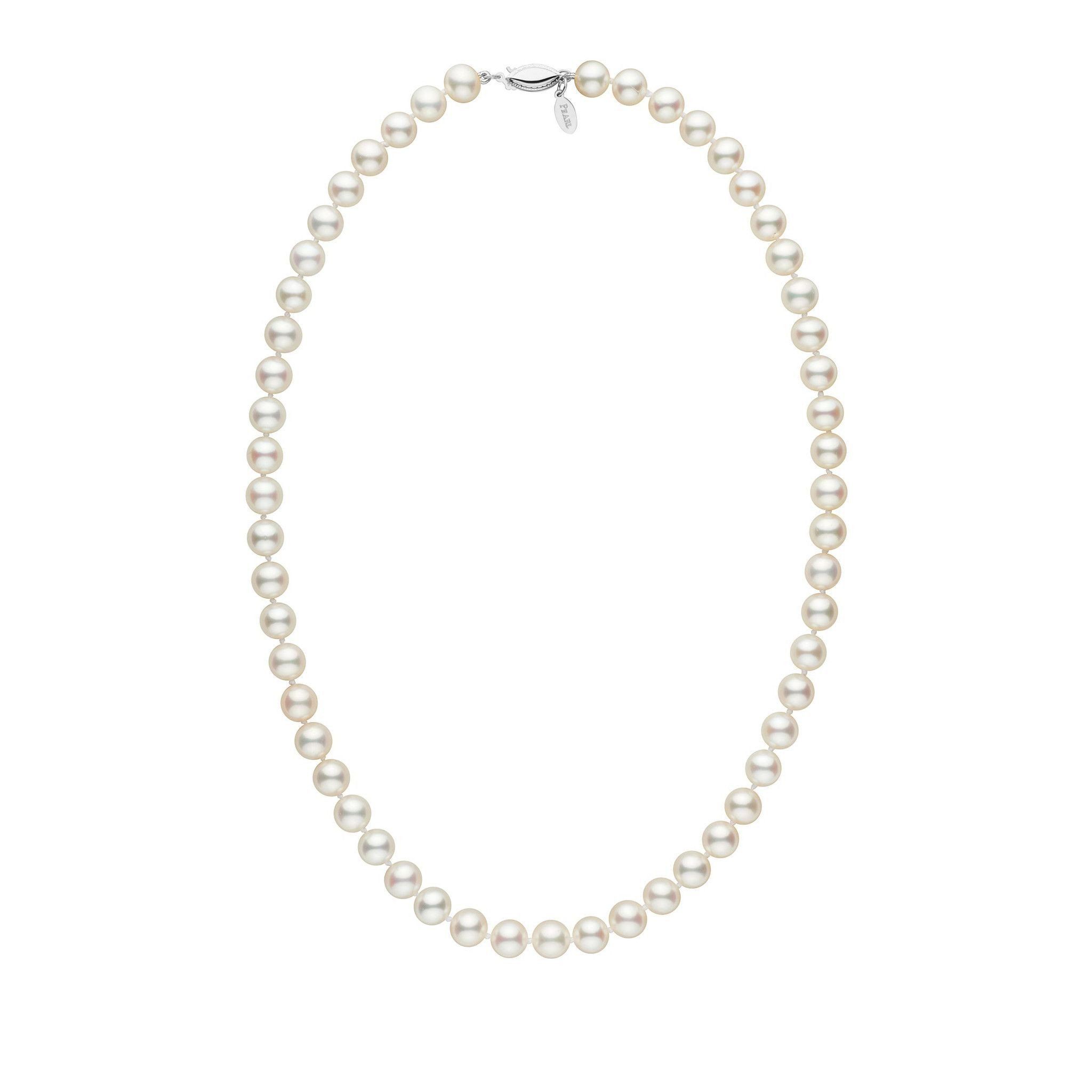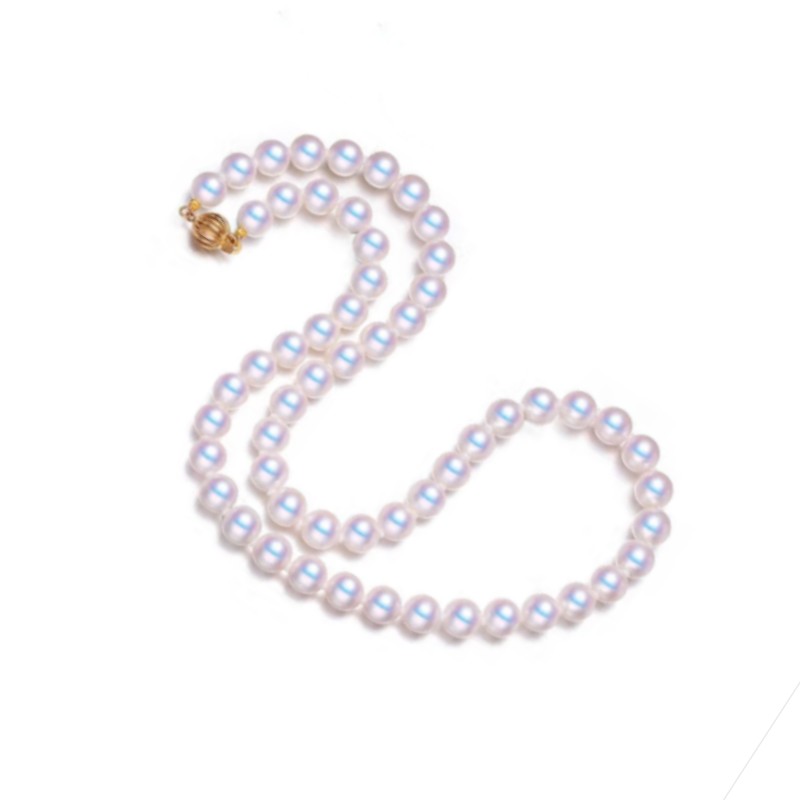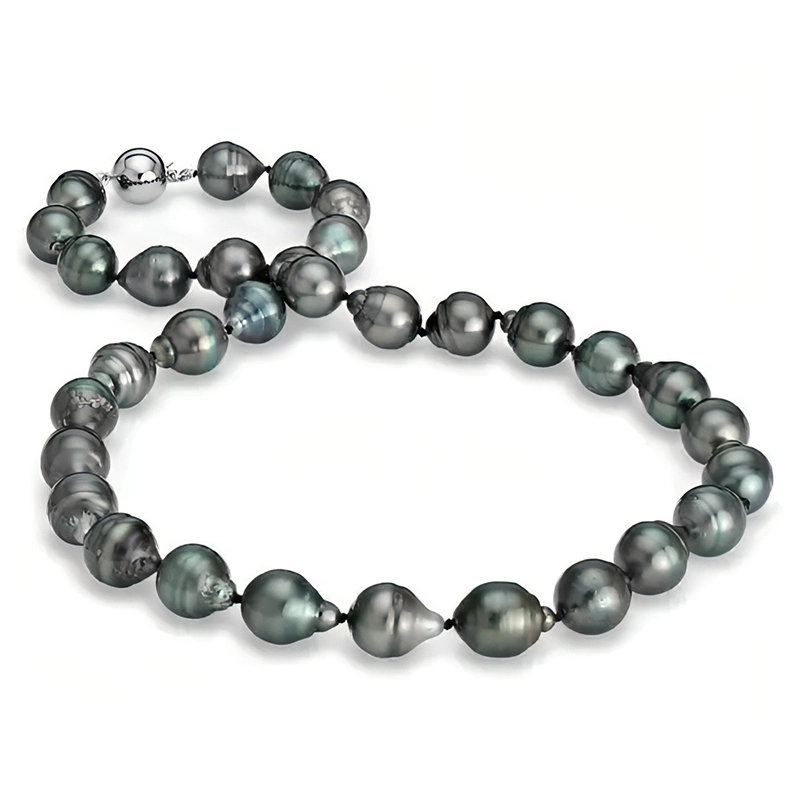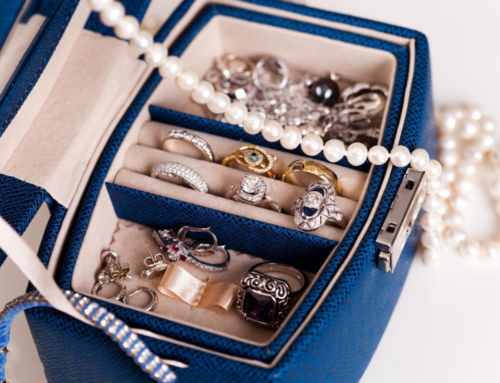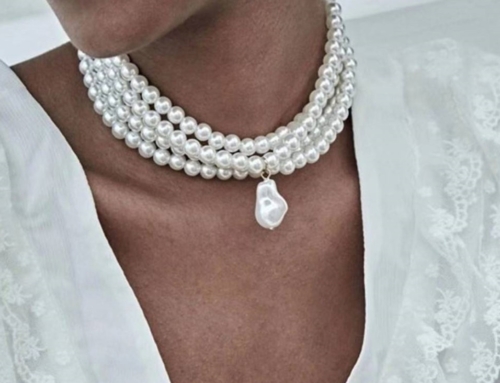Pearl necklaces have been a symbol of elegance, beauty, and sophistication for centuries. They are timeless pieces of jewelry that can elevate any outfit and add a touch of class to any occasion. However, have you ever wondered what a pearl necklace means? In this article, we will delve into the history, symbolism, and different types of pearl necklaces to understand their meaning.
Introduction to Pearl Necklaces
A pearl necklace is a string of pearls that are connected to form a necklace. Pearls are organic gems that are formed inside mollusks such as oysters and mussels. They are created when an irritant, such as a grain of sand, enters the mollusk and the creature secretes nacre to coat the irritant, layer by layer, forming a pearl.
Pearls are unique in that they are the only gemstone created by a living creature. They come in a variety of shapes, sizes, and colors, and are often used in jewelry such as necklaces, earrings, and bracelets.
The History of Pearl Necklaces
Pearls have been highly valued for thousands of years, and the history of pearl necklaces dates back to ancient times. In ancient Rome, pearls were considered a symbol of wealth and status and were often used as gifts to show appreciation or favor. In ancient China, pearls were believed to have healing properties and were used in traditional medicine.
During the Renaissance period, pearls were a symbol of purity and innocence and were often used in religious art to represent the Virgin Mary. In the 19th century, the discovery of pearls in Australia and other parts of the world made them more accessible and affordable, and they became increasingly popular as a fashion accessory.
Today, pearl necklaces are still considered a symbol of elegance and sophistication, and are often worn by brides on their wedding day.
Pearl Necklace Symbolism and Meaning
Pearls have long been associated with purity, innocence, and wisdom. In some cultures, pearls are believed to have healing properties and are used in traditional medicine. They are also thought to bring good luck and prosperity.
In addition to its symbolic meaning, the color of a pearl can also affect its meaning. White pearls are often associated with purity and innocence, while black pearls are associated with mystery and sophistication. Pink pearls are associated with love and romance, and yellow pearls are associated with wealth and prosperity.
Overall, a pearl necklace is often seen as a symbol of elegance, sophistication, and timeless beauty. akoya pearl necklace
Types of Pearl Necklaces
There are many different types of pearl necklaces, each with its unique style and characteristics. Some of the most common types of pearl necklaces include:
- Single strand: This is the most classic and timeless style of pearl necklace, featuring a single strand of pearls that are uniform in size and shape.
- Multi-strand: This style features multiple strands of pearls that are twisted or braided together, creating a more intricate and layered look.
- Choker: A choker-style pearl necklace sits high on the neck and is usually made up of a single strand of pearls.
- Opera: This style of pearl necklace is longer than a traditional necklace, typically measuring between 26 and 36 inches in length.
- Rope: A rope-style pearl necklace is typically longer than an opera necklace, measuring 36 inches or longer. It can be worn as a single long strand or wrapped around the neck multiple times.
Factors Affecting the Value of Pearl Necklaces
When it comes to valuing a pearl necklace, there are several factors to consider. These include:
- Size: The size of a pearl can affect its value, with larger pearls typically being more valuable.
- Shape: Round pearls are typically the most valuable, while pearls with irregular shapes may be less valuable.
- Color: The color of a pearl can also affect its value, with rare colors such as black or pink being more valuable.
- Luster: The luster, or shine, of a pearl is also an important factor in determining its value.
- Surface quality: Pearls with fewer blemishes or imperfections are typically more valuable.
How to Choose the Perfect Pearl Necklace
When choosing a pearl necklace, there are several factors to consider. These include:
- Style: Consider the style of the necklace and whether it will complement your style and the occasion.
- Size: Choose a size that is appropriate for your body type and the occasion.
- Color: Consider the color of the pearls and how it will complement your skin tone and outfit.
- Quality: Look for pearls with high luster and few blemishes or imperfections.
- Budget: Consider your budget and choose a necklace that fits within your price range.
In conclusion, a pearl necklace is more than just a piece of jewelry. It is a symbol of elegance, sophistication, and timeless beauty. Understanding the history, symbolism, and different types of pearl necklaces can help you appreciate their meaning and choose the perfect necklace for any occasion.
CTA: If you’re in the market for a pearl necklace, browse our selection of high-quality pearl necklaces today.
Original price was: $2,599.00.$2,299.00Current price is: $2,299.00.
12% Off
Original price was: $2,199.00.$1,899.00Current price is: $1,899.00.
14% Off
Original price was: $1,599.00.$1,299.00Current price is: $1,299.00.
19% Off
Original price was: $1,099.00.$899.00Current price is: $899.00.
18% Off



